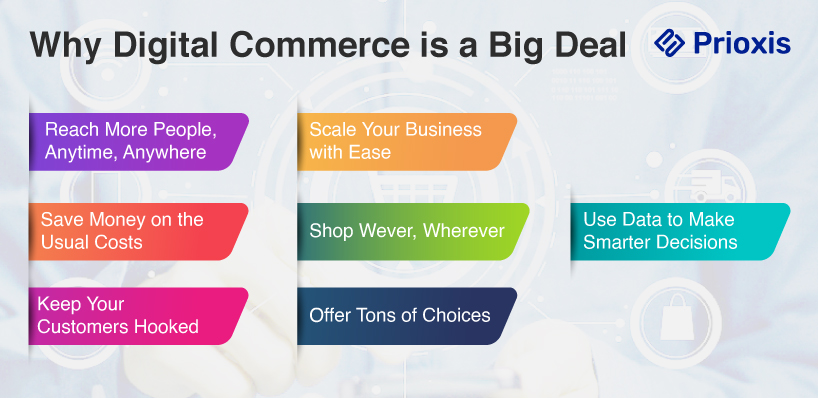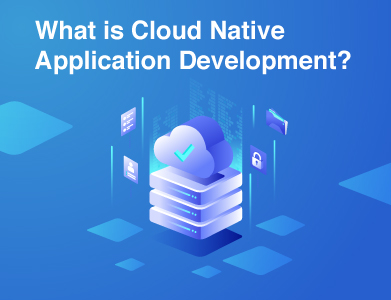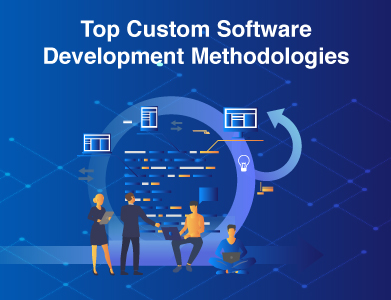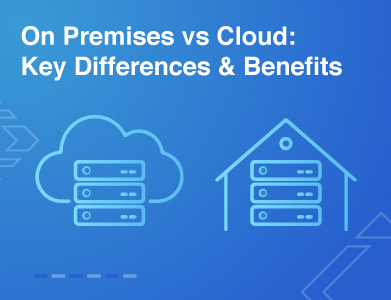Expertise
Digital commerce has become a cornerstone of modern business. More than just selling products online, it’s about creating seamless, customer-focused experiences across various channels. According to Statista, digital commerce is a $4.9 trillion industry, accounting for 24.5% of global retail sales.
Whether you’re an entrepreneur starting out, a business owner trying to grow, or just someone curious about how online shopping really works, this guide has got you covered. Let’s dive in!
What is Digital Commerce?
Let’s start with the basics. Digital commerce solutions are the whole package when it comes to selling stuff online. It includes what you’d expect—people buying things on your website or app—but it goes way beyond that. It’s everything from how you market your products, how customers find them, the experience they have when checking out, and how they get support after buying.
Think of it like this: If e-commerce is the online shopping cart, then digital commerce is the entire shopping mall, complete with signs, helpful staff, and even a food court (okay, maybe not the food court part, but you get the idea).
Example: When you shop on Amazon, you’re not just clicking to buy a product. You’re comparing reviews, checking product details, maybe asking a question in the Q&A section, and even tracking your delivery—all of this is part of digital commerce!
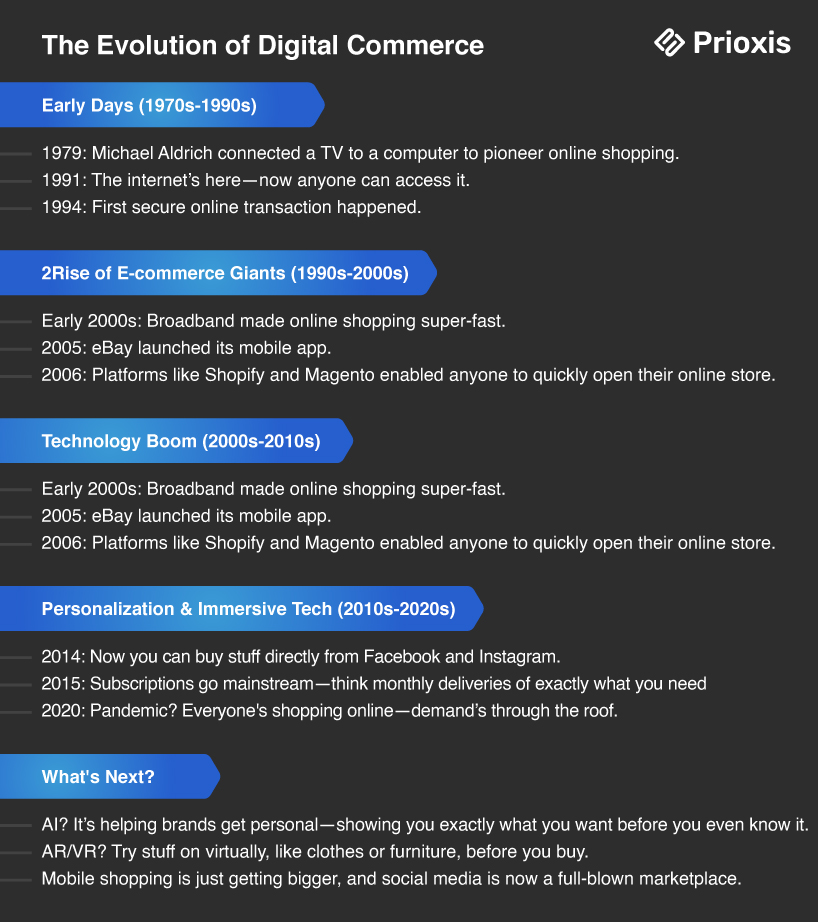
The Essential Building Blocks of Digital Commerce Solutions
To really succeed in digital commerce, you need a few key pieces working together. Here’s what every business should have:
a) A Good Digital Platform
First, you need a solid platform to build your online store. Platforms like Shopify, Magento, or WooCommerce are like your store’s home base—they help you display products and process payments. But if you’re looking for something more flexible, Composable Commerce is a great choice. It lets you mix and match different components (Packaged Business Capabilities) to pick the best tools from various vendors. This way, you’re not stuck with a one-size-fits-all solution—you get precisely what you need.
b) Payment Gateways
When customers are ready to buy, they need a secure way to pay. Options like PayPal, Stripe, and Square are super popular because they’re trusted and easy to use. Now, here’s a tip: instead of relying on just one system, you can adopt a best-of-breed approach. This means choosing the payment solutions that best suit your business and your customers. The more options, the better!
c) Customer Engagement
Keeping customers engaged is key. You don’t want them to just visit once and never come back. Tools like chatbots, email and digital marketing (think Mailchimp), and social media are great for staying connected. And don’t forget about Digital Merchandising—how you present your products and design your site can make a big difference in keeping customers interested. A smooth user experience (UX) and managing promotions effectively? That’s a win!
d) Fast and Reliable Delivery
Alright, you’ve made the sale—now it’s all about delivering the goods. A strong logistics plan is a must, whether you’re using FedEx, UPS, or local couriers. But there’s more to it than just shipping. Supply Chain Management helps you make sure products are available when customers want them, from managing inventory to making sure the flow from suppliers to customers is smooth. Nobody likes waiting too long, right?
e) Marketing and Analytics
Every business needs great marketing. SEO, social media, email campaigns—it’s all about getting the word out. But here’s the thing: once you get people to your site, you need to know what’s working. That’s where tools like Google Analytics come in handy. With data-driven decisions, you can figure out which strategies are clicking with your audience and which ones need a little tweaking. It’s all about making informed choices.
f) Technology and Integration
Technology is moving fast, and you want your business to keep up. Headless Commerce is a cool approach that lets you separate your front-end (what customers see) from your back-end (where the tech magic happens). This gives you flexibility to adapt quickly. And if you really want to level up, Composable Commerce takes this even further, allowing you to plug in microservices tailored to your business. In other words, you get to customize your tech stack to fit your needs perfectly.
g) Fulfillment and Customer Service
Once the order is placed, the work isn’t done. Fulfillment—processing orders, shipping, managing returns—needs to be seamless. But beyond that, customer service is what keeps people coming back. Whether it’s answering questions, solving issues, or offering loyalty programs, great service can turn a one-time buyer into a repeat customer.
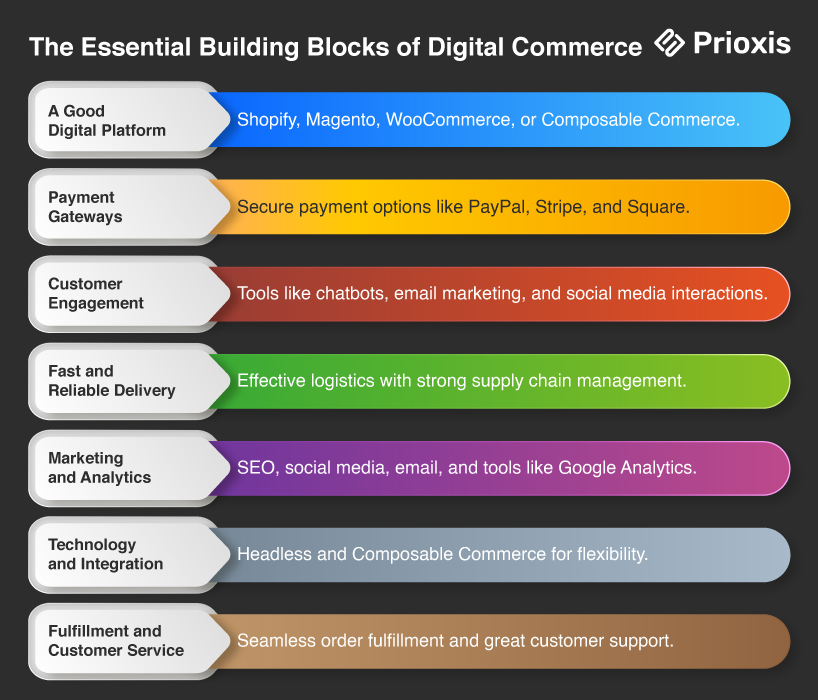
How Digital Commerce Has Evolved
Digital commerce isn’t the new kid on the block anymore—it’s grown up a lot. Remember when we thought eBay was the height of online shopping? Times have changed.
Today, digital commerce is everywhere. It’s on your phone, in your social media feed, and even through voice assistants like Alexa. Over the years, we’ve seen mobile shopping take over, social media platforms turning into marketplaces, and companies using AI to recommend products you didn’t even know you wanted.
Advantages of Digital Commerce: Why it is a Big Deal
1. Reach More People, Anytime, Anywhere
With digital commerce, you’re not limited by geography. Your store is open to the world, 24/7, and that’s a huge advantage. By 2040, nearly 95% of all purchases are expected to happen online—crazy, right?
2. Save Money on the Usual Costs
Physical stores come with all expenses—rent, utilities, staffing. Advantage of digital commerce is that it slashes those overheads, and you can manage your stock more efficiently, too. Less money spent means more flexibility for growth.
3. Keep Your Customers Hooked
Personalized shopping keeps people coming back. Did you know almost half of consumers are happy to spend more if they get a great online experience? That’s why engaging with them at every step is so important.
4. Scale Your Business with Ease
Need to add more products or expand into new markets? No problem. Digital commerce makes scaling super easy. The U.S. B2B e-commerce market alone is expected to hit $1.8 trillion by 2023—there’s a lot of room for growth here.
5. Shop Whenever, Wherever
Convenience is king. Customers love being able to shop from anywhere, at any time. Surveys show that’s the top reason people prefer online shopping—it’s always available when they are.
6. Offer Tons of Choices
People love variety, and with digital commerce, they get just that. Your customers can browse, compare prices, and find the best deals—all with a few clicks.
7. Use Data to Make Smarter Decisions
Digital commerce gives you access to valuable data that tells you what your customers want. Companies using AI in their strategies are seeing a 25% boost in revenue and customer satisfaction—data-driven decisions make a real difference.
Digital Commerce vs. E-commerce: What’s the Difference?
You might be thinking, “Wait, aren’t digital commerce and e-commerce the same thing?” Not quite! While they’re closely related, e-commerce focuses on just the buying and selling part. Think of it as the actual transaction.
What is E-commerce?
E-commerce is all about buying and selling online. Think of it as the nuts and bolts—product listings, payment processing, shipping, and handling returns. It’s very focused on the actual transaction. If you’re managing your supply chain, making sure customers get their orders, and processing payments—that’s e-commerce in action.
Digital commerce takes things a step further. It’s not just about the sale, it’s about the entire customer journey. That includes everything from marketing and customer service to analytics and user experience. It’s about making sure every interaction with your brand—before, during, and after the purchase—is smooth, engaging, and leaves customers wanting to come back.
Here’s a simple breakdown:

Key Differences
1. Scope
- E-commerce Focuses solely on the buying and selling process. It handles the core elements of selling online—transactions, payments, logistics.
- Digital commerce Goes beyond the transaction. It’s all about the whole experience—from the moment someone sees your ad to the support they get after buying.
2. Focus
- E-commerce All about selling products. It focuses on getting items listed, managing prices, processing payments, and handling logistics.
- Digital commerce Aims to engage customers at every step. It’s about personalization, offering tailored recommendations, and using tech like AI or augmented reality to enhance the shopping experience.
3. Customer Experience
- E-commerce Primarily concerned with completing the transaction. Once the sale is done, the job is done.
- Digital commerce Focuses on creating an awesome, cohesive customer journey. It’s about making sure every touchpoint—from browsing to checkout and beyond—feels seamless and interactive, building customer loyalty.
4. Technology Integration
- E-commerce Typically uses basic online platforms to handle transactions. It’s functional but usually doesn’t go beyond the basics.
- Digital commerce Uses advanced technologies like Machine Learning, AI, Data Analytics, and even AR (augmented reality) to enhance everything from marketing strategies to customer support and overall user experience.
Explore Further: Custom eCommerce Software Solution Cost
Key Trends You Should Know About
Now that you know the basics, let’s talk about what’s new in digital commerce. Here are the trends that are shaping the future:
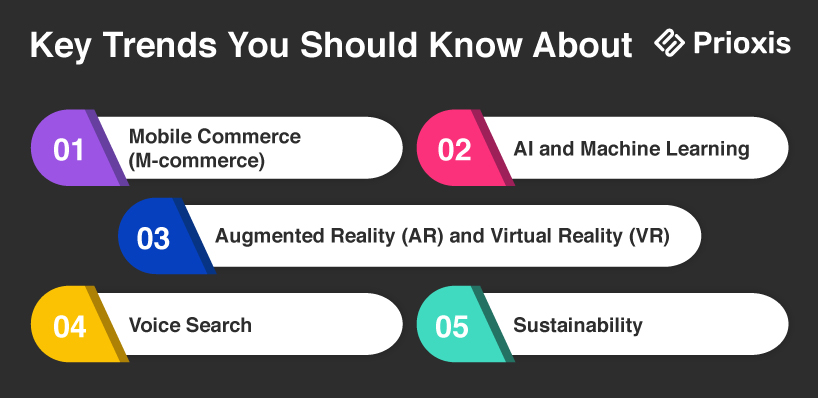
a) Mobile Commerce (M-commerce)
People love shopping on their phones, and that trend isn’t going away anytime soon. Businesses that want to succeed need to make sure their websites and apps are fine-tuned for mobile.
b) AI and Machine Learning
AI is all about personalization. Ever noticed how Netflix recommends shows or how Amazon suggests products you’re probably interested in? That’s AI at work. It’s helping businesses understand what customers want and giving it to them—sometimes before they even know they want it!
c) Augmented Reality (AR) and Virtual Reality (VR)
Some businesses are taking online shopping to the next level. With AR, you can “try on” clothes or see how furniture will look in your living room before you buy. It’s like a dressing room, but without leaving your house.
d) Voice Search
With smart devices like Alexa and Google Home, more people are using voice search to shop. Make sure your products can be found through voice queries.
e) Sustainability
Consumers care about the environment, and they’re looking for brands that do too. Businesses that use sustainable practices and eco-friendly products are gaining more trust from customers.
Common Challenges (and How to Beat Them)
Running a digital commerce business sounds great, but it’s not without its hurdles. Here are some challenges you might face—and how to deal with them:
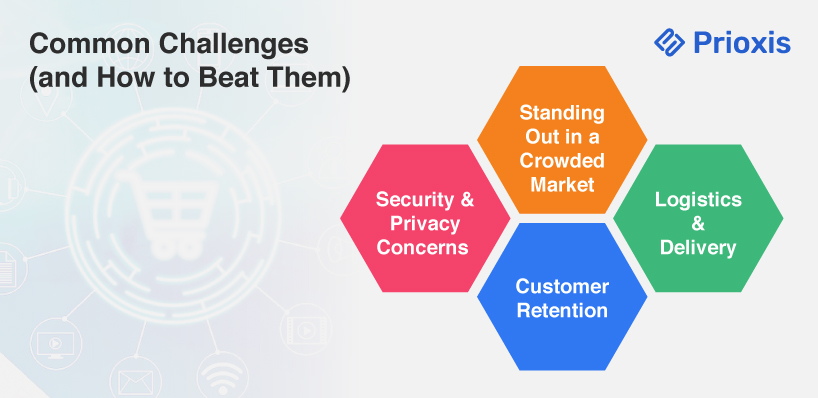
a) Security and Privacy Concerns
With all the data being shared, customers want to know their information is safe. Make sure you use secure payment gateways and follow data regulations like GDPR.
b) Standing Out in a Crowded Market
The internet is a big place, and there’s a lot of competition. The key? Differentiation. Offer something unique, whether it’s your products, your customer service, or your brand’s personality.
c) Customer Retention
It’s not just about getting customers—it’s about keeping them. Focus on loyalty programs, personalized offers, and great customer support to keep people coming back.
d) Logistics and Delivery
Fast delivery can make or break your business. You need reliable shipping partners and a solid system for handling orders, returns, and exchanges.
Winning Digital Commerce Strategies
Want to succeed in digital commerce? Here are a few strategies that can help:
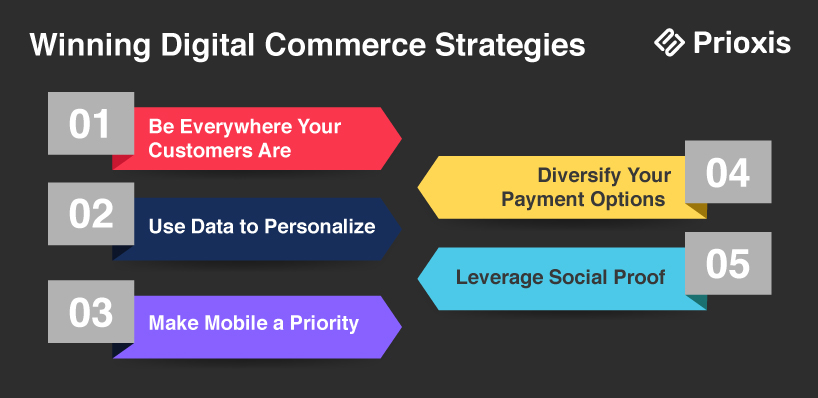
a) Be Everywhere Your Customers Are
Whether it's a website, social media, or a mobile app, customers should be able to interact with your brand wherever they are. The goal is a smooth, consistent experience no matter how they engage with you.
b) Use Data to Personalize
The more you know about your customers, the better you can serve them. Use analytics to understand what they like and offer personalized recommendations.
c) Make Mobile a Priority
With so many people shopping on their phones, your website or app must be mobile-friendly. Think fast load times, easy navigation, and a smooth checkout process.
d) Diversify Your Payment Options
Offering multiple payment options—credit cards, PayPal, Apple Pay, and even buy now, pay later—can make the checkout process smoother and increase conversions.
e) Leverage Social Proof
Customers trust other customers. Encourage people to leave reviews, share their experiences on social media, and feature user-generated content on your website.
The Best Tools and Platforms to Get You Started
No need to reinvent the wheel—plenty of tools can help you kick-start your digital commerce journey:
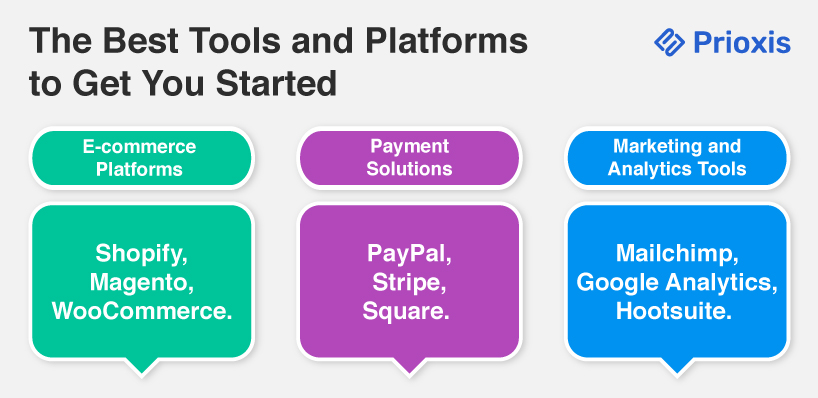
a) E-commerce Platforms
- Shopify Perfect for small and medium-sized businesses that need an easy-to-use platform.
- Magento More customizable, suited for larger businesses with more complex needs.
- WooCommerce Ideal for WordPress users who want flexibility.
b) Payment Solutions
- PayPal A household name, trusted by millions.
- Stripe A developer-friendly choice with advanced features.
- Square Great for businesses that do both online and in-person sales.
c) Marketing and Analytics Tools
- Mailchimp An easy-to-use email marketing platform.
- Google Analytics Track how your website is performing and what customers are doing.
- Hootsuite Manage your social media accounts from one place.
Final Thoughts: Digital Commerce Solutions
And there you have it—a full guide to understanding and thriving in digital commerce. Whether you’re just starting or looking to improve your online business, there’s no denying that digital commerce is the future. From reaching customers around the globe to creating personalized shopping experiences, digital commerce offers opportunities that physical stores just can’t match.
The key is to stay agile, keep up with trends, and most importantly, focus on delivering great experiences for your customers. After all, in the world of digital commerce, your customer’s satisfaction is your business’s success.
If you want to dive deeper, explore the tools and strategies mentioned here. To start building your digital commerce empire today!

